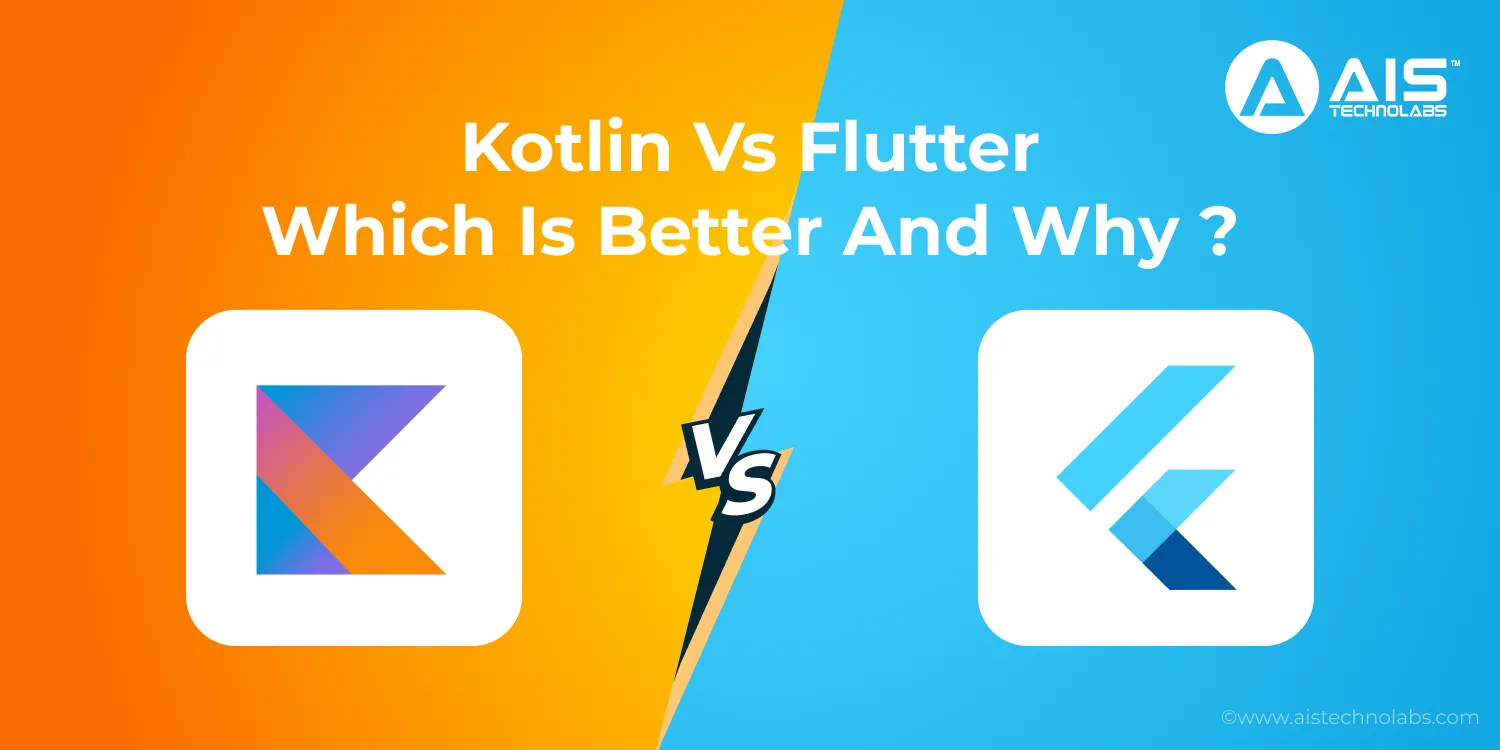Table of Content

Summary
Overview of Kotlin
Code Conciseness:
Java Interoperability:
Null Safety:
Error detection:
Data Classes:
Overview of Flutter
Features of Flutter
- Single Codebase for Numerous Platforms: With Flutter development services, developers can write a single code that functions well on several operating systems, such as iOS, Android, web, and desktop. This greatly lowers development time and effort compared to creating and maintaining different codebases for each platform.
- Rich Set of Widgets: You can get a comprehensive set of customizable and highly extensible widgets with Flutter. These widgets help develop complex user interfaces while ensuring a glitch-free experience on every platform.
- Quick performance: Flutter uses Dart programming and compiles ARM codes, which results in great performance and rapid execution. It’s perfect for game development as it allows the development of visually attractive and appealing user interfaces.
- Accessibility: Flutter allows access to 3rd-party integration and APIs with native feature accessibility and built-in support. It also makes it easier to build applications for diverse users.
- Hot Reload: The hot reload capability of Flutter lets developers see code changes within the app in real time. It helps fix errors almost instantly.
Kotlin Vs Flutter: Head-to-Head Comparison Factors
Language Performance
UI/UX Experience
Testing Support
Development Time
Platform Integration
Exploring The Advantages Of Choosing AIS Technolabs For Kotlin & Flutter App Assistance
- Free Consultation
- Round-the-clock technical support
- On-time project completion
- Expert support services after project handover
- 15-day free trial
Ready to Transform Your Vision into Reality ? Explore the Power of Kotlin and Flutter with AIS Technolabs!
Conclusion
FAQs
Ans: Absolutely, AIS Technolabs offers comprehensive support for Kotlin and Flutter development services. Their services encompass not only initial development but also maintenance, updates, and troubleshooting, ensuring a smooth and consistent user experience over time.

Harry Walsh, a dynamic technical innovator with four years of experience, thrives on pushing the boundaries of technology. His passion for innovation drives him to explore new avenues and create pioneering solutions that address complex technical problems with ingenuity and efficiency. Driven by a love for tackling problems and thinking creatively, he always looks for new and innovative answers to challenges.